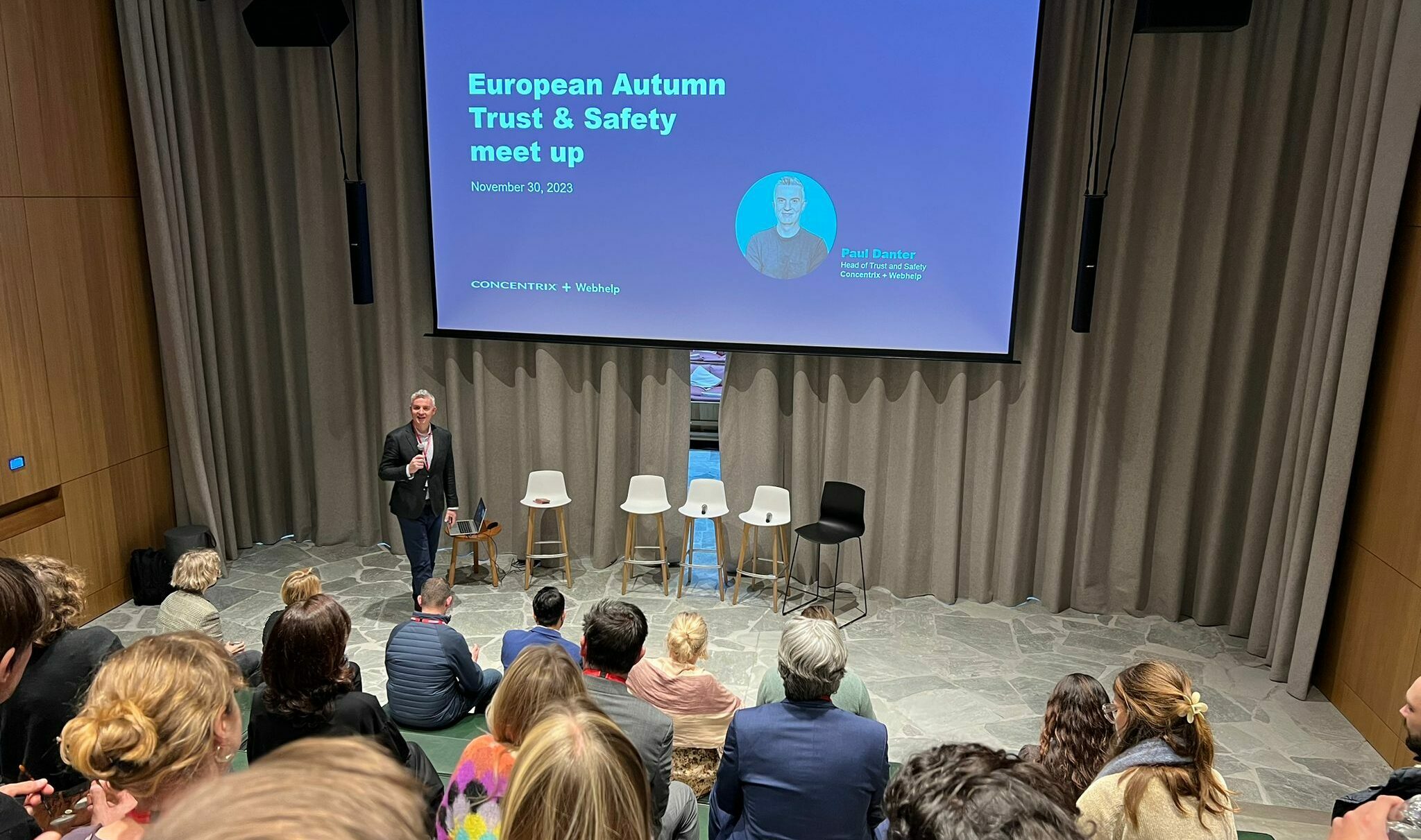I recently read a Forbes article by the customer experience (CX) consultant Adrian Swinscoe that focused on the risk of customer habituation. Adrian writes about the danger in some organisations that the brand and the customer just get used to each other – the relationship is taken for granted. Following Helen’s blog earlier this week, it makes sense to look into how brands and customers are managing their relationships.
Despite many brands having Voice of the Customer programmes and complex customer journey mapping, there is always a danger that, over time, the customer is taken for granted. When customer behaviour is assumed to always remain as it was in the past, there is a danger of habituation creating a situation where the relationship breaks down.
I believe that this is more of a danger than many customer experience experts appear to recognise. Even the Forbes article only advises that awareness and attention are required to ensure the relationship remains good. Habituation is a big enough risk to require targeted strategies, and active positive steps need to be taken to prevent it occurring.
The reason I’m suggesting this so emphatically is that customer expectations often drive the way that companies plan their CX strategy today. Customers are changing their expectations faster than ever as new technologies allow them to interact with brands more easily and across many more channels.
Think back to when the customer service team defined the time that customers were “allowed” to ask a question. “Call us on this number between 9am and 5pm Monday to Friday and we might be able to help, but don’t bother at any other time.” Try that kind of approach today and see how satisfied your customers are!
Customer expectations have moved on and this feeds back into the way that customer experience is planned. Customers themselves become habituated to new standards of what they consider to be normal. It doesn’t take much vision to see a few years into the future because we can see the various technologies that are going to impact on the customer experience.
Imagine a car dealer in five years telling customers that it’s not possible to take a look at a model using a virtual reality system. It might sound unusual today, but when nine out of ten dealers offer a virtual driving experience before buying a car, who will bother visiting the tenth one?
Customer and brand habituation is an important subject that I expect to return to here because there are many questions about who changes faster – the customer or the brand? I think that as long as the company keeps one eye on what technologies customers are using to communicate with their friends, their planning should mostly be successful.
What do you think of the impact of habituation on the customer experience? Leave a comment or get in touch on LinkedIn and let me know.


![[Fashion] Choosing the right partners to grow your business in 2024, at a time when trust is fragile](https://media.webhelp.com/wp-content/uploads/2023/12/21090253/Office-Showcase-2.png)


